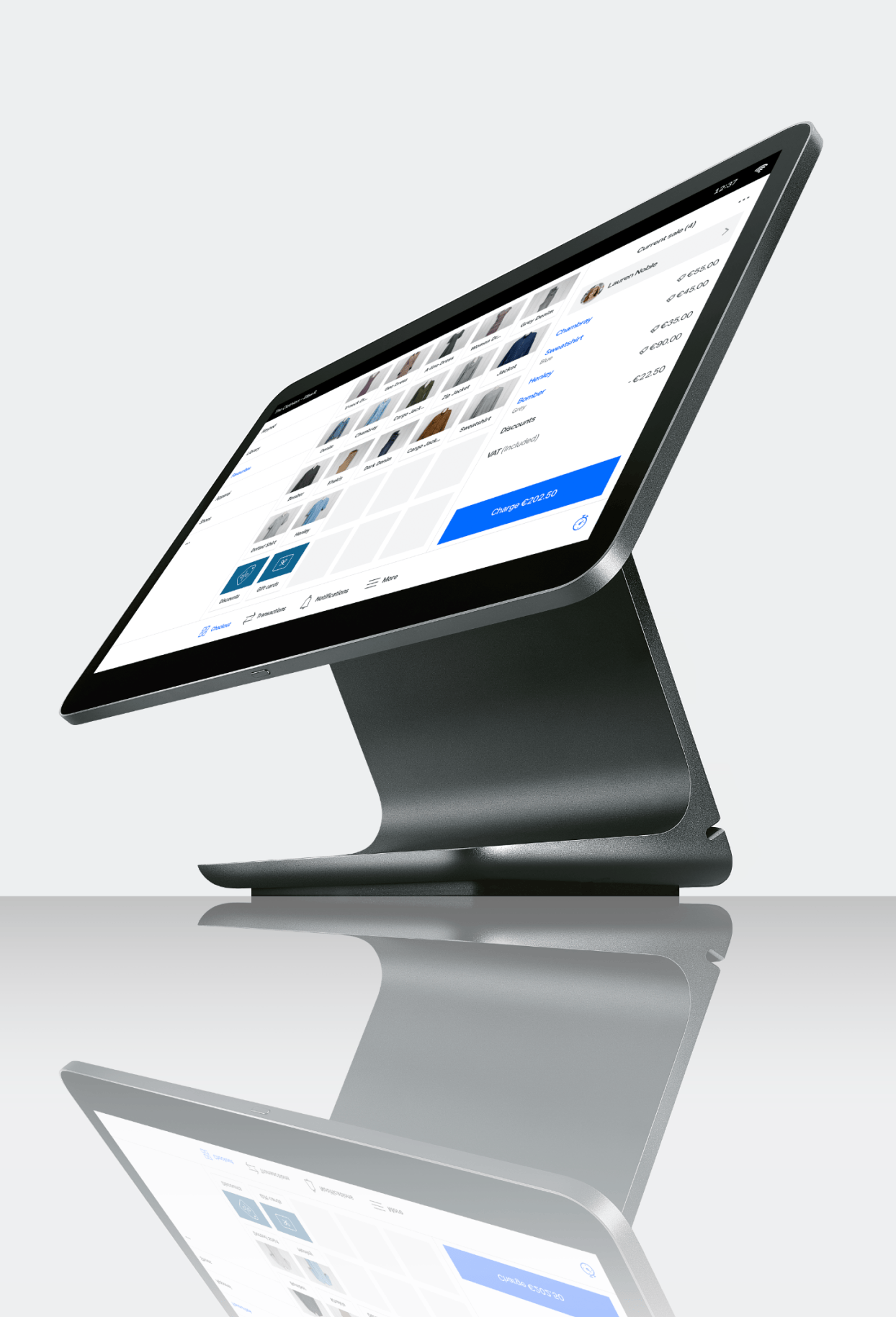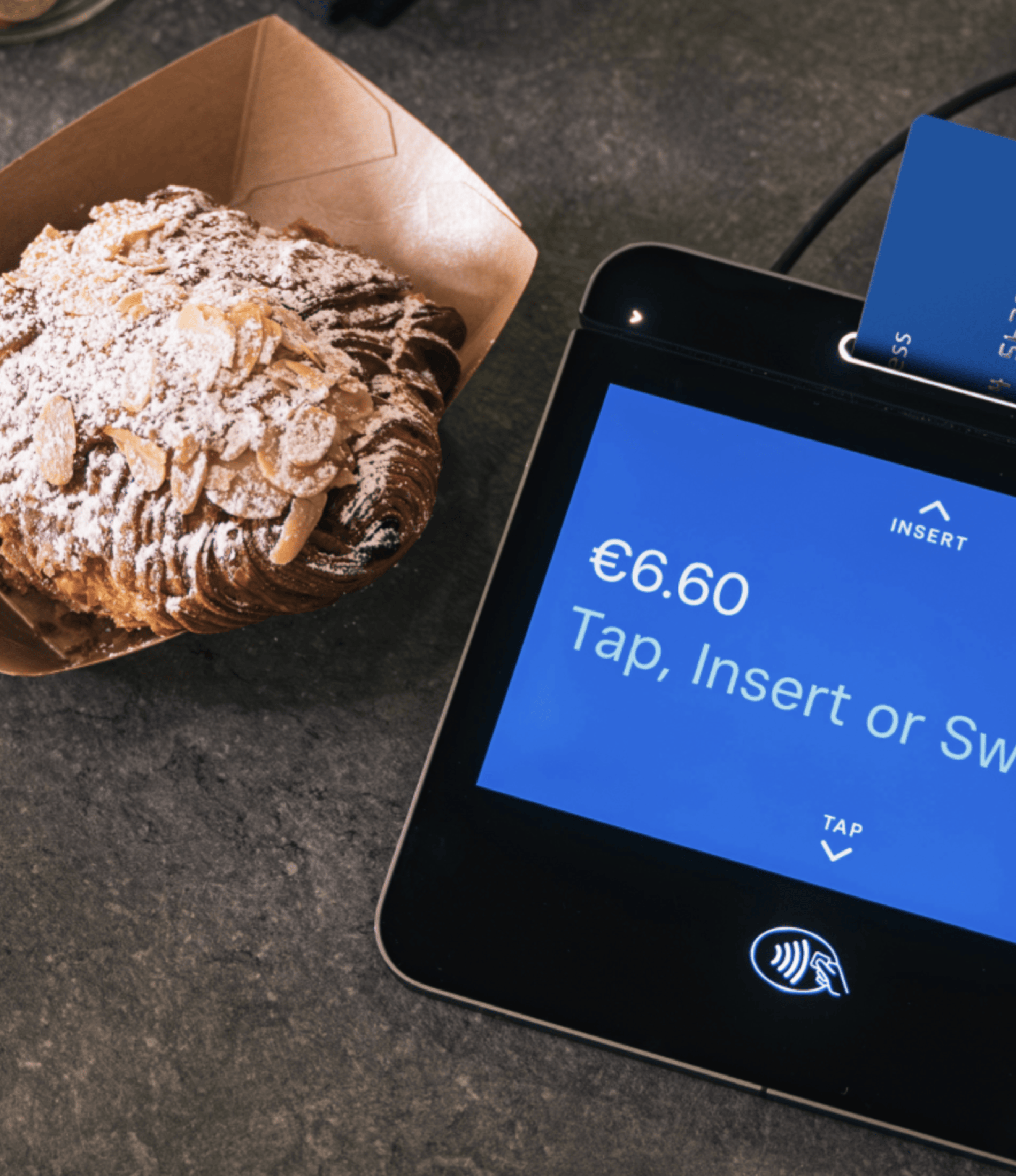Please update your browser.
Download the latest version of a supported browser below to get the most out of this website:
Powering all the ways you do business.
Take payments easily, save time and get your money faster with a point-of-sale and hardware platform trusted by millions of businesses worldwide.



All business types
Customise your experience by ->
-
All
-
Food & drink
-
Retail
-
Beauty
Sell anywhere easily, quickly and seamlessly.
Hardware and POS systems designed to sell anywhere.
Secure payments anywhere your customers are.
In-store collection, online ordering , local delivery and shipping options .
Optimise your operations.
Streamline operations across multiple locations, sales channels and employees to manage your bottom line.
Your business goal
How to solve it with Square
((1)) Reach customers.
Increase customer loyalty and value with centralised customer data and insights .
Get more orders online with an expertly branded website to make sales, showcase your items and sync inventory automatically.
((2)) Manage your team.
Get rostering and time tracking with built-in staff management .
Set permissions for different access levels and report staff sales rates with Team Management .
((3)) Protect your business at no extra cost.
Square helps protect your business from fraud .
Square provides end-to-end encryption and PCI-compliant payment processing with no PCI or security fees.
Hear from local Square sellers.








Square by the numbers.
4m+
Trusted by 4m+ Square sellers globally 1
4bn
4bn individual sales transactions annually worldwide 1
Build custom commerce experiences.
APIs
Integrate Square with your business software or website using Square APIs for payments , commerce , customers , staff and merchants .
Integrations
Connect Square payment hardware to your business software using Terminal API and POS API .
Apps
Use our prebuilt, vetted partner integrations in the Square App Marketplace .
APIs
Integrate Square with your business software or website using Square APIs for payments , commerce , customers , staff and merchants .
Integrations
Connect Square payment hardware to your business software using Terminal API and POS API .
Apps
Use our prebuilt, vetted partner integrations in the Square App Marketplace .
Built for all kinds of restaurants.
Built for all kinds of retailers.
Built for all kinds of services.
Get support
Learn more about Square.
Stay up to date on new products, expert advice, and more.
Nice to meet you.
We think businesses are as unique as the people who run them. Get individualised content on the topics you care about most by telling us a little more about yourself.

FAQs
-
Square has solutions for businesses of all sizes . Our interconnected tools are built to scale for the future. Enhanced, customer-friendly experiences help build deeper data and better customer relationships. And our open platform means you can connect to prebuilt integrations or build out your own with our APIs.
-
Merchant services is an all-encompassing term that describes the hardware, software and financial services needed for a business to accept and process payments – credit cards, debit cards, NFC-enabled mobile wallets and other contactless payments – both online and in-store. Just getting started and need a simple way to take payments? Accept contactless payments on your Android phone, or start taking both contactless and chip and PIN payments quickly on our small, portable Square Reader .
-
Square built a suite of integrated tools to help service businesses save time so they can focus on growing revenue and delivering exceptional service to their clients. Square Appointments works for any business that needs appointment scheduling capabilities and a point-of-sale system. Square Invoices is a free, all-in-one invoicing solution that helps businesses request, track and manage their invoices, estimates and payments in one place to get paid faster. Simple payment links let you request payment via a URL you can text or email your clients.
-
Square point-of-sale software and suite of tools make it easy to sell in person, online, over the phone or out in the field. As your business evolves, you can quickly add tools that help your business, from managing team members to adding devices and locations, all with a couple of taps. You can also track customers’ preferences and purchases to create more personalised marketing and loyalty programmes to keep them coming back more often. We stand out with best-in-class hardware and an all-in-one platform. See how we stack up against Clover , SumUp and, Stripe or hear what our customers have to say about Square on our review page .
-
Square strives to provide the best hardware, software and resources to support you in every stage of your journey, whether you’re a first-time business owner or the manager of a large operation. Explore our publication for modern business leaders, Town Square , for the latest trends, insights and strategies. Find tips and tricks, videos and articles in our Support Centre to help you get the most out of Square hardware and software. Need extra help? Our team is ready to support you via phone, email, chat and our Seller Community .

















